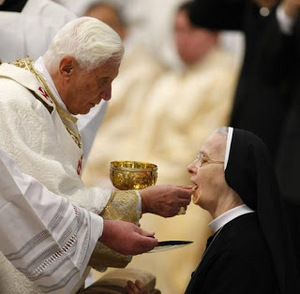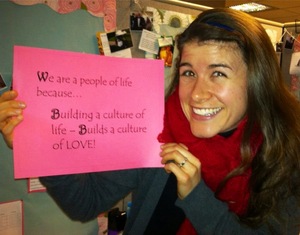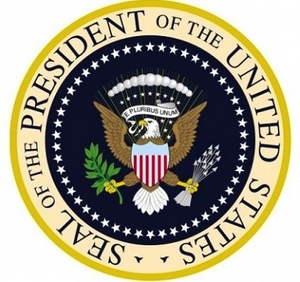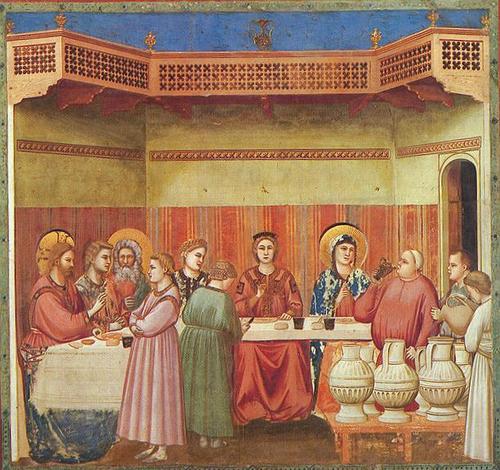Three things came at me recently that I think needs to be looked at with intellectual and affective honesty. That is, from a perspective of faith and reason, the mind and the heart. The issue of how we receive Holy Communion.
When I was prepared to receive the sacrament of Holy Communion in the third grade by Sister M. Rosetta, CSFN, I was taught to receive our Eucharistic Lord kneeling and on the tongue. In fact, there were no other options available. At some point, for some unknown reason, I began to receive the Eucharist in my hand. And then the parishes I would attend all distributed Holy Communion standing. “That’s the way it’s done.” Surely there is a disconnect between what I was taught and what I eventually adopted. Mind you, I didn’t adopt a new way to receive Communion out of protest or because I thought better than the Magisterium. Sheer habit was born because, well, “just because.”
Back to the recent three things.
I heard, saw, experienced:

1. At the beginning of January, I heard Bishop Athanasius Schneider make a reasoned argument for receiving Holy Communion on the tongue and kneeling;
2. I’ve recently been re-adopting, in a conscientious manner, the way I receive Holy Communion: experience tells my heart and my mind that Communion received in a more traditional way, taking my example the papal Masses, is what the Lord requires in a relationship;
So, who cares what Deacon Kendra thinks? I am sure a few do; I think his blog piece opened a new window of opportunity to rethink pastoral practice for sensible and honest reasons. But if truth be told, Pope Benedict and Bishop Schneider carry the burden of argument.







